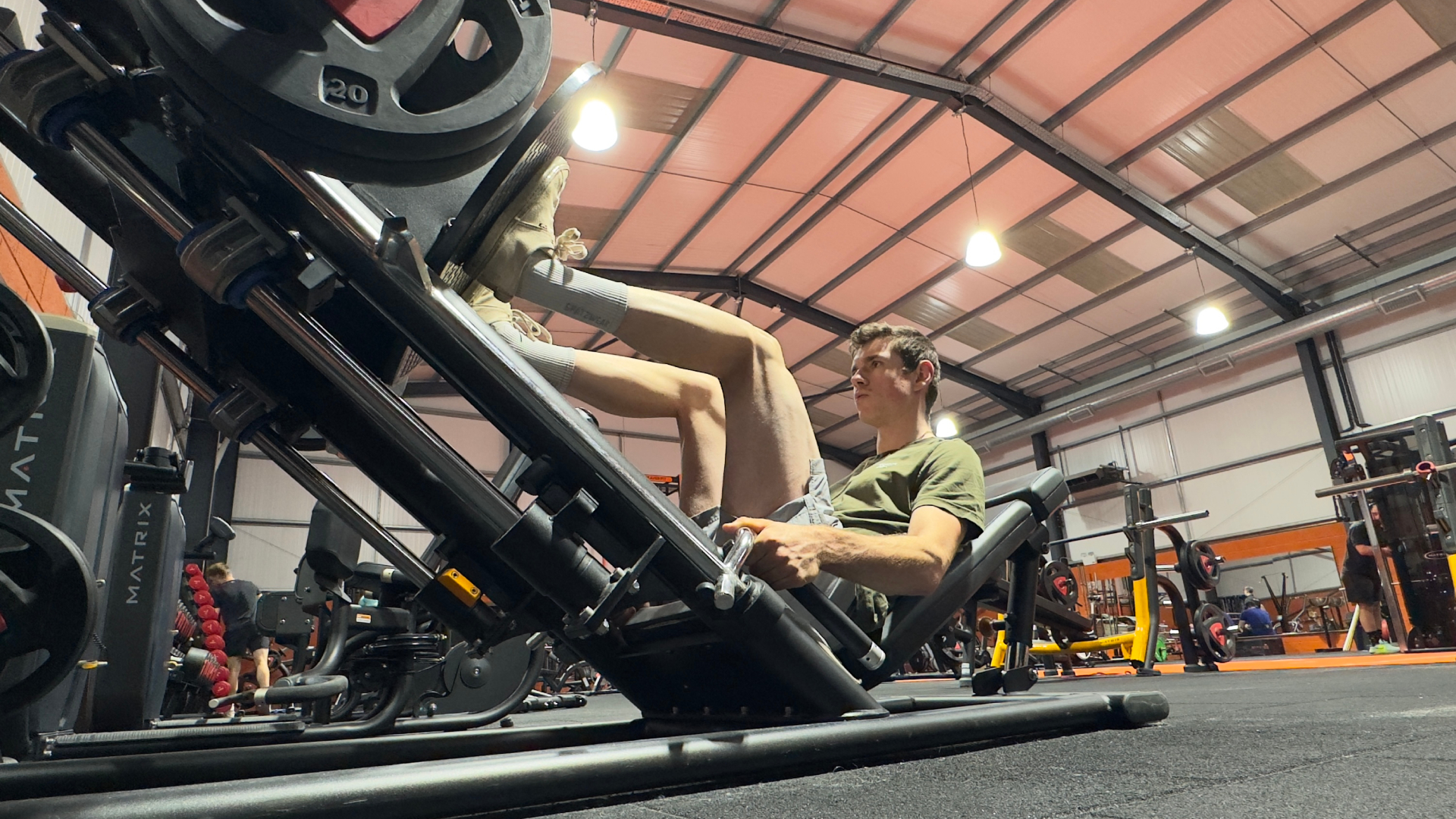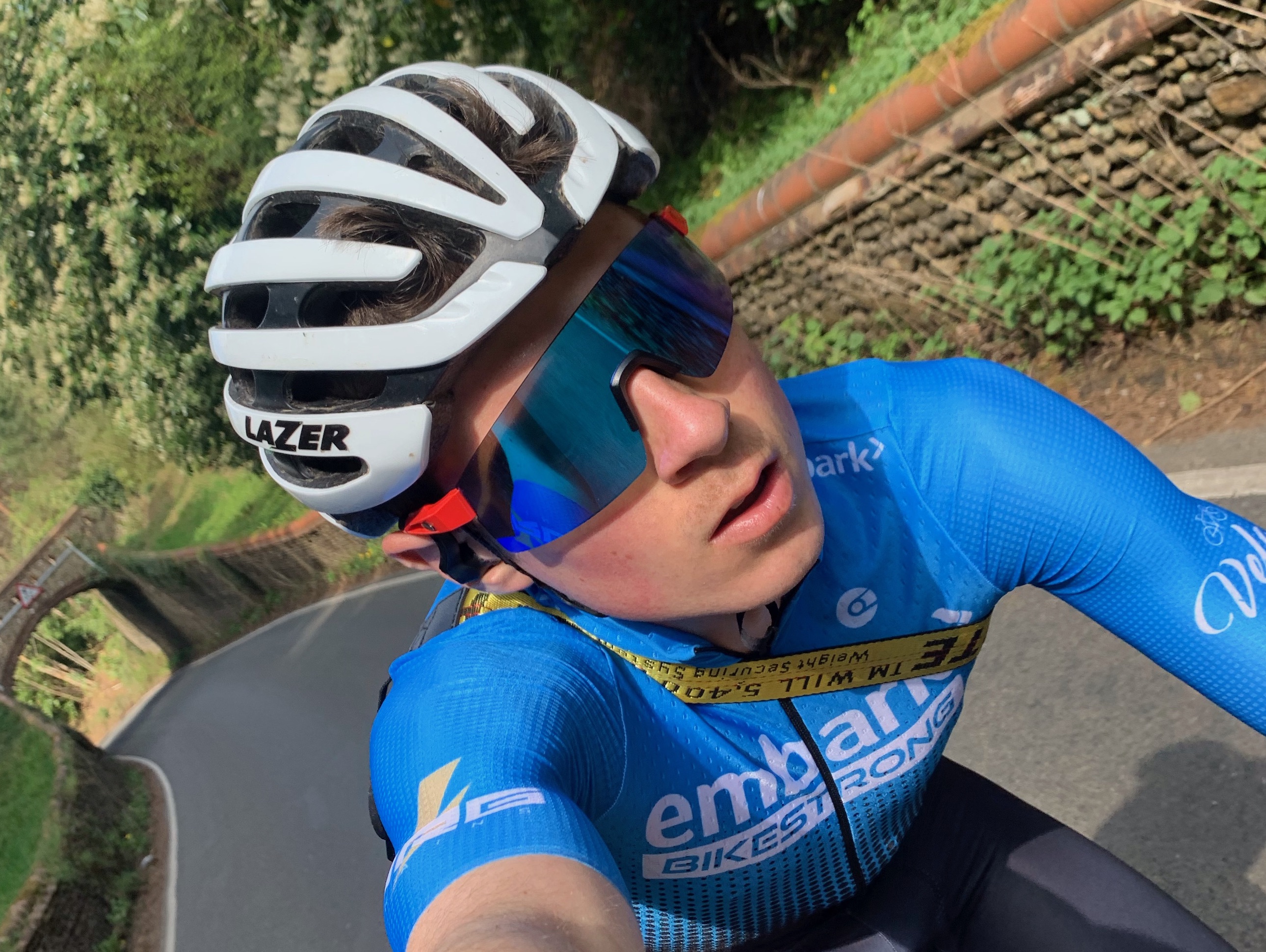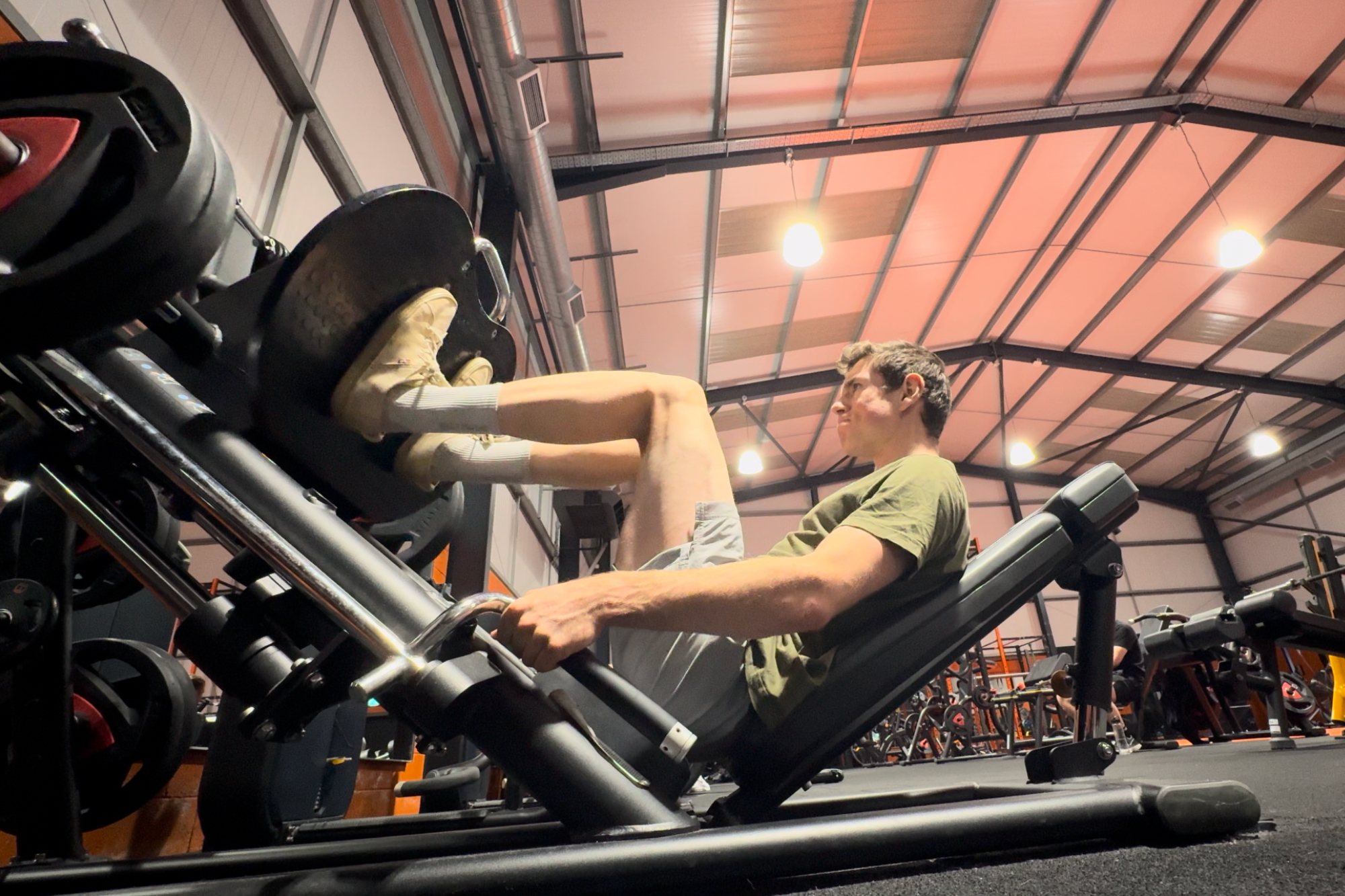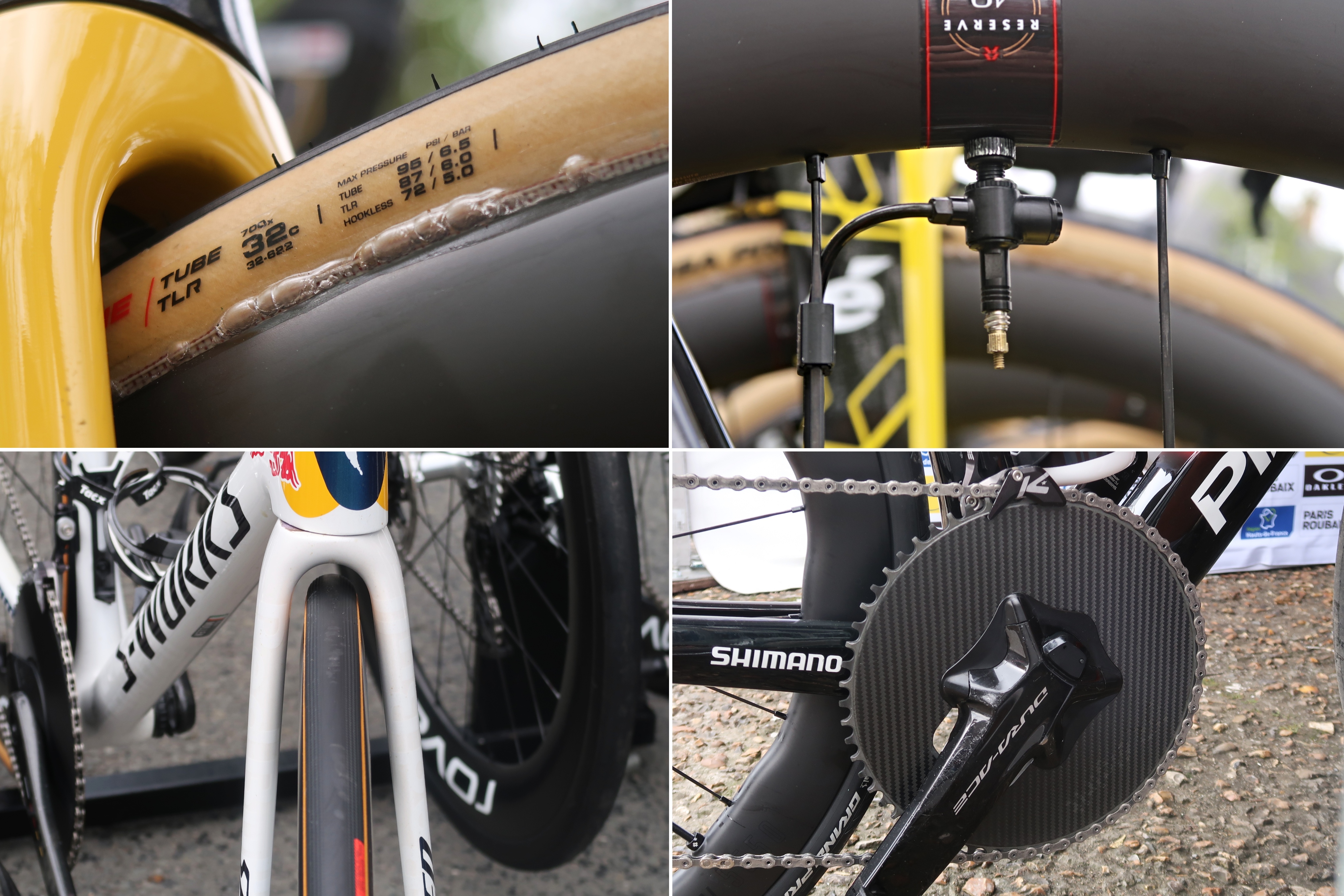I swapped one bike session a week for the gym and this is the effect it had on my climbing
Will hitting the weights boost my times on the climbs? I completed a six week strength training programme to find out


Like a fish out of water, a cyclist can often be found as lost within a gym. When you walk through those doors it is like another world: massive weights left, right and center - and in the past I have probably been as guilty as most, heading through those doors with no set plan.
But instead of aimlessly wandering around, what difference can strength training at the gym really make to my climbing performance?
I sought to discover exactly that - and this is what I found.
The plan was simple: I would carry out a six week block of gym training to see exactly what difference it would make to my cycling performance. To kickstart the block I headed out to my local climb to set a benchmark to work from.
Benchmark testing
Muswell Hill would be the climb of choice. At 0.65km long with an average gradient of 9.4%, it’s a power climb, especially with its maximum gradient of 14.7% that saw me having to stand up out the saddle just to keep myself moving forwards on my benchmark test.
September 4th was the date of my first attempt and, after a warm up ride out to the climb, I set a benchmark time of 2mins 14secs. I felt like the attempt went pretty well, being able to produce enough power to stay in the big ring the whole way up - I certainly left it all out there. However, I did find the final hundred meters quite a struggle as the lactate, especially in my upper body, really started to scream in my muscles.
With that time under my belt I headed to the gym for the first time in quite a few months to start the six weeks of strength training and see what difference it would make to my performance. The focus of my training would be primarily on working on my leg muscles, with a secondary focus on the upper body as, personally, this is what I felt was weakest on my Muswell Hill climb segment attempt.
Get The Leadout Newsletter
The latest race content, interviews, features, reviews and expert buying guides, direct to your inbox!
Heading to the gym with a plan
Before I started out on my journey I spoke to Chris Peden, a strength and conditioning coach who works with cyclists such as the likes of Zoe Backstedt. He spoke to me about the benefits of spending some time in the gym each week: “Strength Training will help raise the capacity of the muscular system so that it can produce and resist higher levels of force, so that you can become more powerful.”
With that statement to put to the test, I would be following a number of specific exercises in the attempt to improve my power.
Before beginning these exercises, I followed Peden’s advice to ensure that I was properly warmed up before the start of each session. “A warm up is necessary to help prepare the body, target muscles and other connective tissues for the workout ahead,” he explained, before going on to explain how this would reduce my risk of injury as the “muscles are able to contract at a faster rate and with more fibres than a cold muscle.”
The primary muscles that these exercises target are the quadriceps, glutes and hamstrings. Secondary to that, other muscles that are also at play during these exercises are the adductors, hip flexors, calves, erector spinae and latissimus dorsi. These muscle groups are beneficial to cyclists as they are responsible for force production through the pedals, as well as force resistance coming back through the body and hip and spine stability to ensure you can maintain your position and produce continuous power with no aches, pains or power leaks.
The three target exercises would be a single-leg press, squats and deadlifts. “The primary muscles that these exercises target are the quadriceps, glutes and hamstrings. Secondary to that, other muscles which are also at play during these exercises are the adductors, hip flexors, calves, erector spinae and latissimus dorsi.”

A single leg press was chosen to isolate the exercise to one singular leg. This would mean that no leg would be over compensating for the other, with the idea of producing an equal amount of power from either leg. The first week I started off with 60kg on each leg, completing 10 reps and three sets on each leg. It was reassuring to see progress across the six week block, every fortnight I felt confident enough to be able to up the weight by 10kg until the final week I was at 80kg for 10 reps and three sets on each leg.
The second main exercise would be a squat. A well known exercise to many cyclists, the squat is a simple exercise that again targets the main leg muscle groups - those being the same as the leg press. However, being a free weight exercise, I did find the exercise to work my core far more to help stabilise the movement, especially through my hip flexors. Starting again at a low, comfortable weight to get myself confident with the movement, I completed 10 reps and three reps once again during each session. Over the six weeks I felt like I was able to increase the weight a little by little each week, as I felt myself becoming more powerful and explosive.
A deadlift was my final legs focused exercise, and the one that gave me the greatest DOMs (Delayed Onset Muscle Soreness). The first session left me having to stumble up the stairs once I got back home. Much like the other two exercises, over the course of the program I found the DOMS to reduce week on week even though the weight I was lifting slowly started to increase.
Highlighted already, my upper body was what I personally thought to be the weakest part of my body. Being a cyclist it is not something I have ever really trained, but those steep slopes of Muswell Hill where I was attempting to squeeze every watt I had out made me reevaluate the importance of a stronger upper body.
When I asked Peden if cyclists should train their upper body, his response was that “every cyclist should be training their upper body.” Later he went on to explain the reason being, “your upper body contributes to how you transfer your power through your legs but also helps in buffering those forces coming back up through your body (Newton's 3rd Law) and helping stabilise your riding position so that you can produce power and maintain better positions for longer.”
Repeating the test...
With the six week block of weight training complete, I went back out again to face Muswell Hill. The conditions couldn’t have been a greater contrast, instead of the beautiful sunshine of September 4th, I was faced with a chilling headwind. Luckily, the climb itself is pretty sheltered, so the change in conditions wouldn’t have too great of an effect on the final result.
To keep things as consistent as possible, I followed the same warm up routine and the same bike set up. Although the second attempt was completed in winter kit vs summer kit in September, I was fired up and ready to go.
Strangely, I was a little nervous, I knew how hard I had gone in that first attempt and I was a little scared I wouldn’t be able to match it, putting all of that hard work to waste. However, with the reassurance Peden had given me - in that the strength training should make me more powerful - I was confident I could set down a blistering time. Off I went, attacking the steeper bottom slopes which I was again able to tackle in the big ring and out of the saddle.
This time, I did feel I could dance on the pedals with a little more ease compared to the first attempt. However, like before, that final 100 meters seemed to last for hours. Although the gradient did start to ease off ever so slightly, the effort to overcome the steep bottom slopes did really start to catch up on me. The difference this time I found was I was able to attack the final section with even greater power, but was that enough to beat my benchmark?
The result... did a six week gym programme make me faster?
After a little rest on the grass verge to gather my breath, I finally plucked up the courage to look down at my garmin: 1.51 minutes!
23 seconds faster. I was quite shocked by the difference, I had gone over 17% faster than my initial benchmark. Although it is hard to tell if this difference is down to the work I had been doing in the gym or just a better general overall fitness, the words of Peden rang true in my head, strength training will help you “become more powerful” and he was right.
With the proof in the pudding, I am sure to be keeping strength training in as part of my weekly training schedule.

Thank you for reading 20 articles this month* Join now for unlimited access
Enjoy your first month for just £1 / $1 / €1
*Read 5 free articles per month without a subscription

Join now for unlimited access
Try first month for just £1 / $1 / €1

Tom Couzens is a racing cyclist currently representing The Ribble Collective on the road and the Montezumas cyclo-cross team off road. His most notable results include winning the Monmouth GP national series race as a junior; finishing sixth in the 2022 British National Cyclo-cross Championships; and he was selected to represent Great Britain at the European Cyclo-cross Championships in 2020/21. Tom draws on his high-level racing experience and knowledge to help Cycling Weekly readers maximise their potential and get as much as possible out of their riding.
-
 Unreleased wheels, monster chainrings, and surprisingly skinny tyres: Six tech insights from Paris-Roubaix
Unreleased wheels, monster chainrings, and surprisingly skinny tyres: Six tech insights from Paris-RoubaixHere's all the tech mods we spotted at the men's 'Hell of the North'
By Tom Davidson Published
-
 'I'll take a top 10, that's alright in the end' - Fred Wright finishes best of British at Paris-Roubaix
'I'll take a top 10, that's alright in the end' - Fred Wright finishes best of British at Paris-RoubaixBahrain-Victorious rider came back from a mechanical on the Arenberg to place ninth
By Adam Becket Published